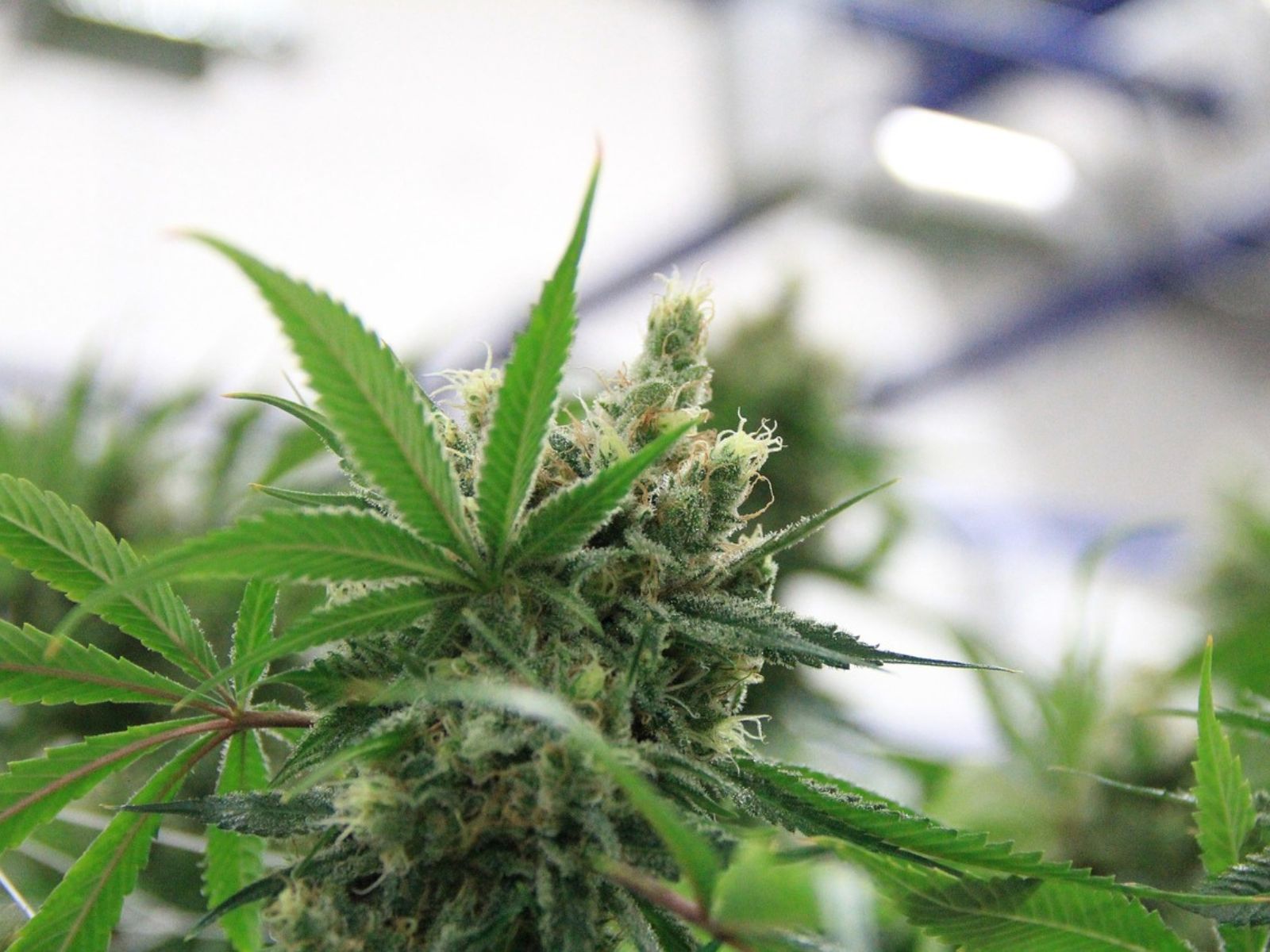
Nearly 10% Of Canadian Cannabis Consumers Engage In Home Cultivation

Nearly 10% Of Canadian Cannabis Consumers Engage In Home Cultivation
Cultivating your own cannabis can provide many benefits, with one of the most obvious benefits being cost savings. If someone is knowledgeable and able, they can cultivate their own cannabis for a fraction of what it costs to purchase cannabis from retail outlets.
Another major benefit is controlling what goes into your cannabis. After all, if you cultivate your own cannabis then you know exactly how often it is watered, what the water quality is, and what and when your plants are fed nutrients. There are no mysteries as to what your cannabis contains.
Unfortunately, not everyone has the right to legally cultivate their own cannabis, even in places where legalization measures have been passed. Home cultivation is legal in most of Canada, with some local exceptions which are working their way through legal challenges, and the option appears to be very popular according to newly released data. Below is more information about it via a news release from NORML:
Waterloo, Canada: Approximately ten percent of Canadian cannabis consumers report engaging in home cultivation, according to data published in the journal Addictive Behavior Reports.
Canadian researchers surveyed home cultivation patterns prior to and following the enactment of adult-use legalization in 2018. Under the law, adults in most regions of the country are permitted to grow up to four cannabis plants for their own personal use. (The provinces of Quebec and Manitoba prohibit home cultivation.)
Researchers reported that the percentage of consumers who grew their own cannabis increased from six percent prior to the passage of legalization to nine percent in 2020. Those residing in more rural areas were more likely to home cultivate. Most of those who engaged in home cultivation did not exceed legally imposed plant limits.
“Almost one-in-ten Canadian cannabis consumers reported home cultivation of cannabis in 2020, with modest increases following legalization of non-medical cannabis,” authors concluded. “The uptake of home cultivation is associated with province and cultivation policies; specifically, Manitoba and Quebec, the only provinces to prohibit non-medical home cultivation, reported among the lowest rates. Although the current study reported an increase in home cultivation among past 12-month consumers after legalization, it will be important to see whether rates continue to increase, even as access to legal cannabis and the price of legal cannabis decreases.”
Data from the United States has estimated that fewer than two percent of cannabis consumers acknowledge engaging in home cultivation, although the actual percentage of home growers has likely increased in recent years as more jurisdictions have adopted marijuana legalization policies.
NORML has long advocated that consumers in legal jurisdictions ought to have the option to home cultivate personal use quantities of cannabis, opining: “The inclusion of legislative provisions protecting the non-commercial home cultivation of cannabis serves as leverage to assure the product available at retail outlets is high quality, safe and affordable. Additionally, permitting home cultivation provides adult consumers with an immediate source of cannabis — providing an alternative to the illicit market. Such a source is necessary because it typically takes state regulators several months, or even years, following the law’s enactment to establish licensed retail operators.”
Full text of the study, “Home cultivation across Canadian provinces after cannabis legalization,” appears in Addictive Behavior Reports.
Share article
Ticket Prices increase
JANUARY 28

Ticket Prices increase
JANUARY 28

Ticket Prices increase
JANUARY 28
Join Our Awesome Community
Join Our Awesome Community
Join Our Awesome
Community
Get all the latest industry news
delivered to your inbox







